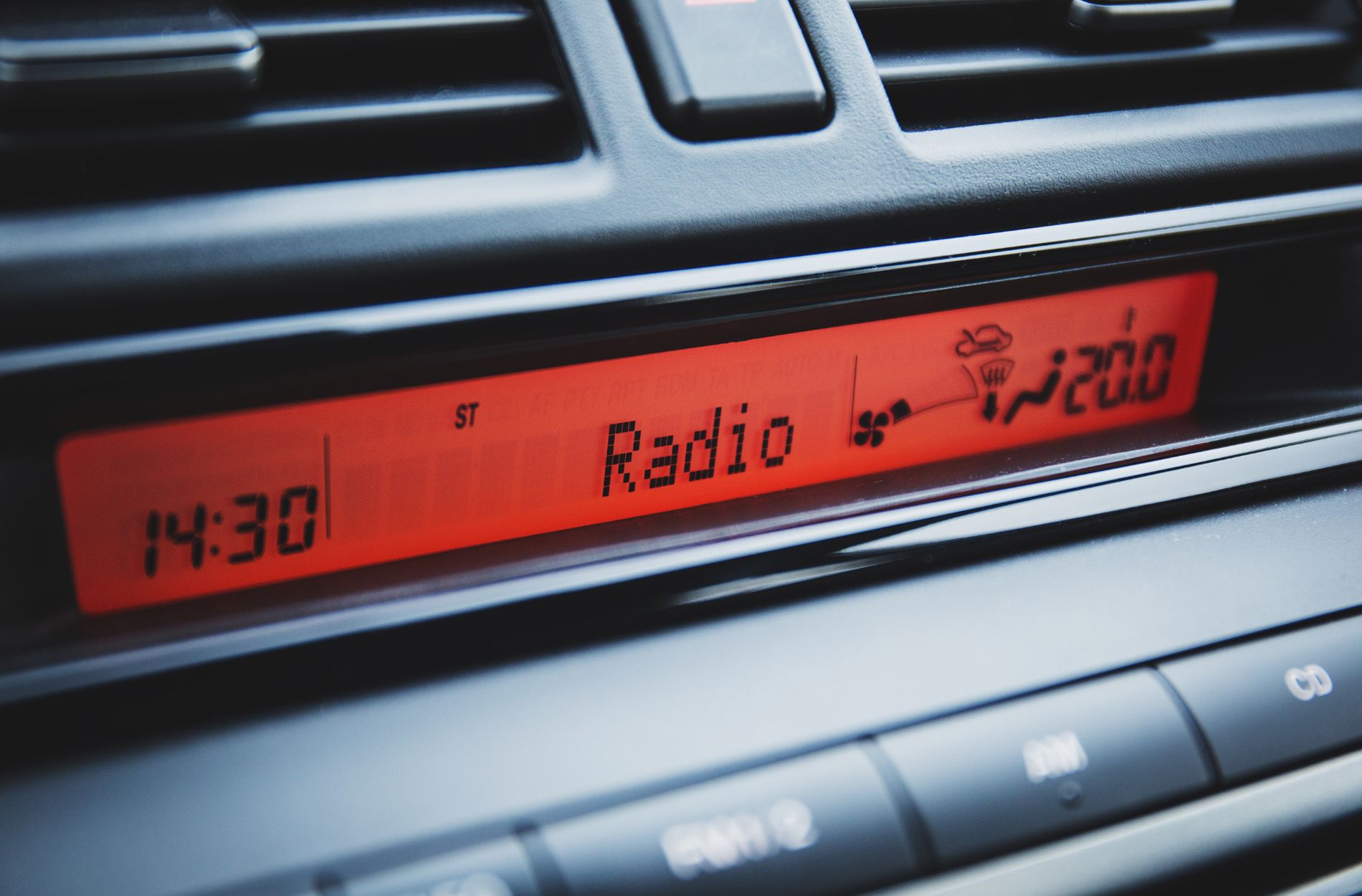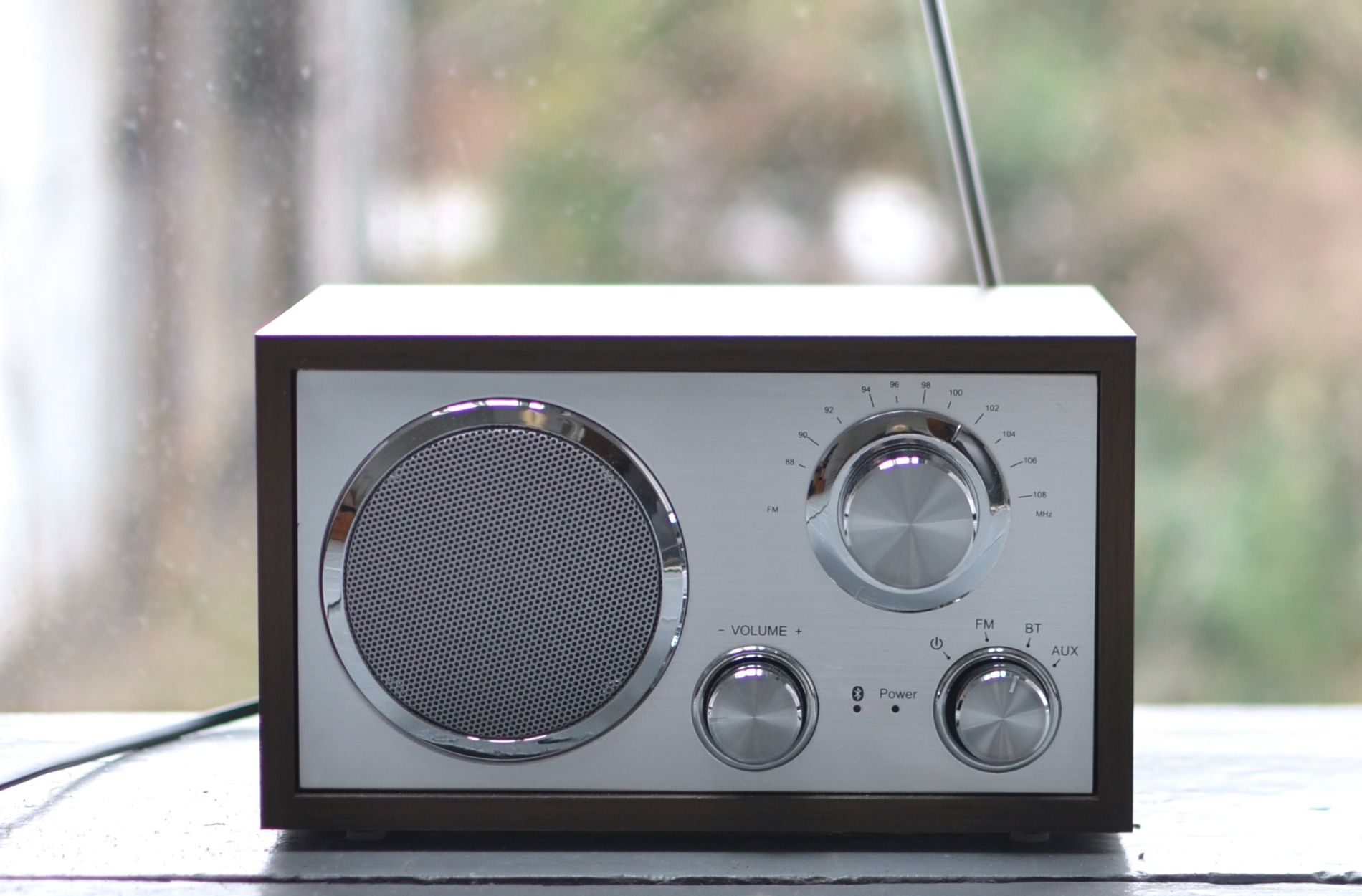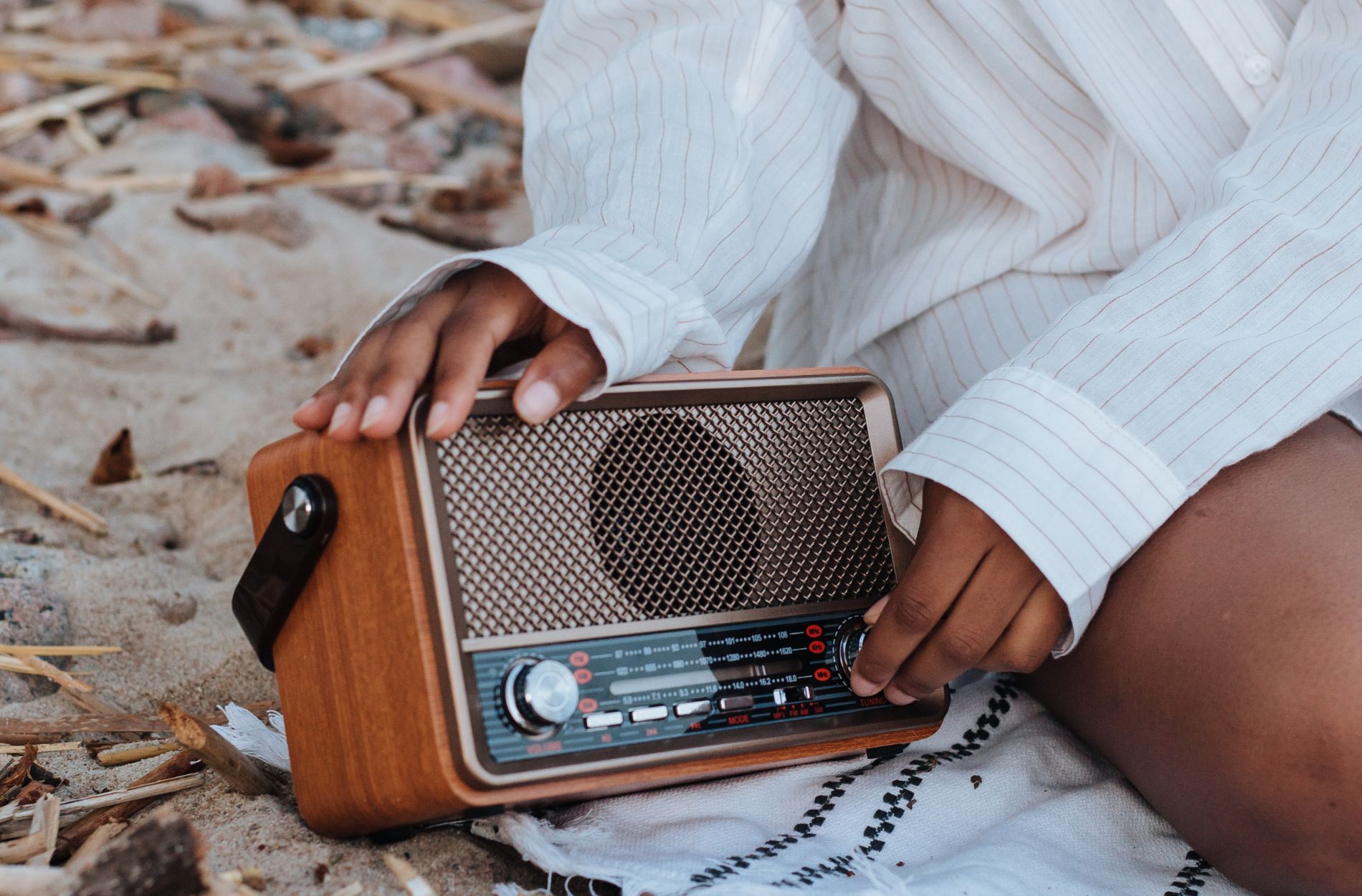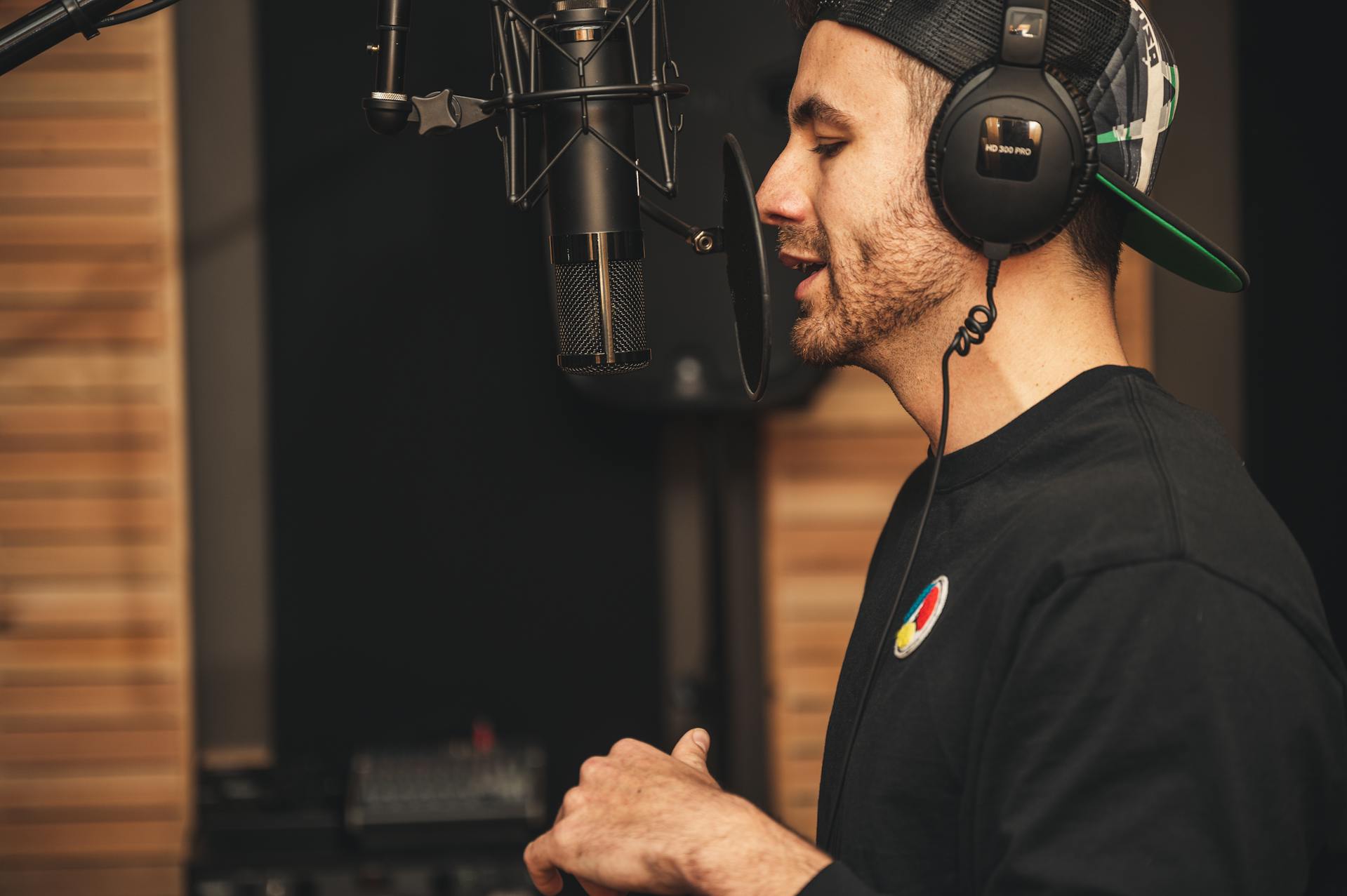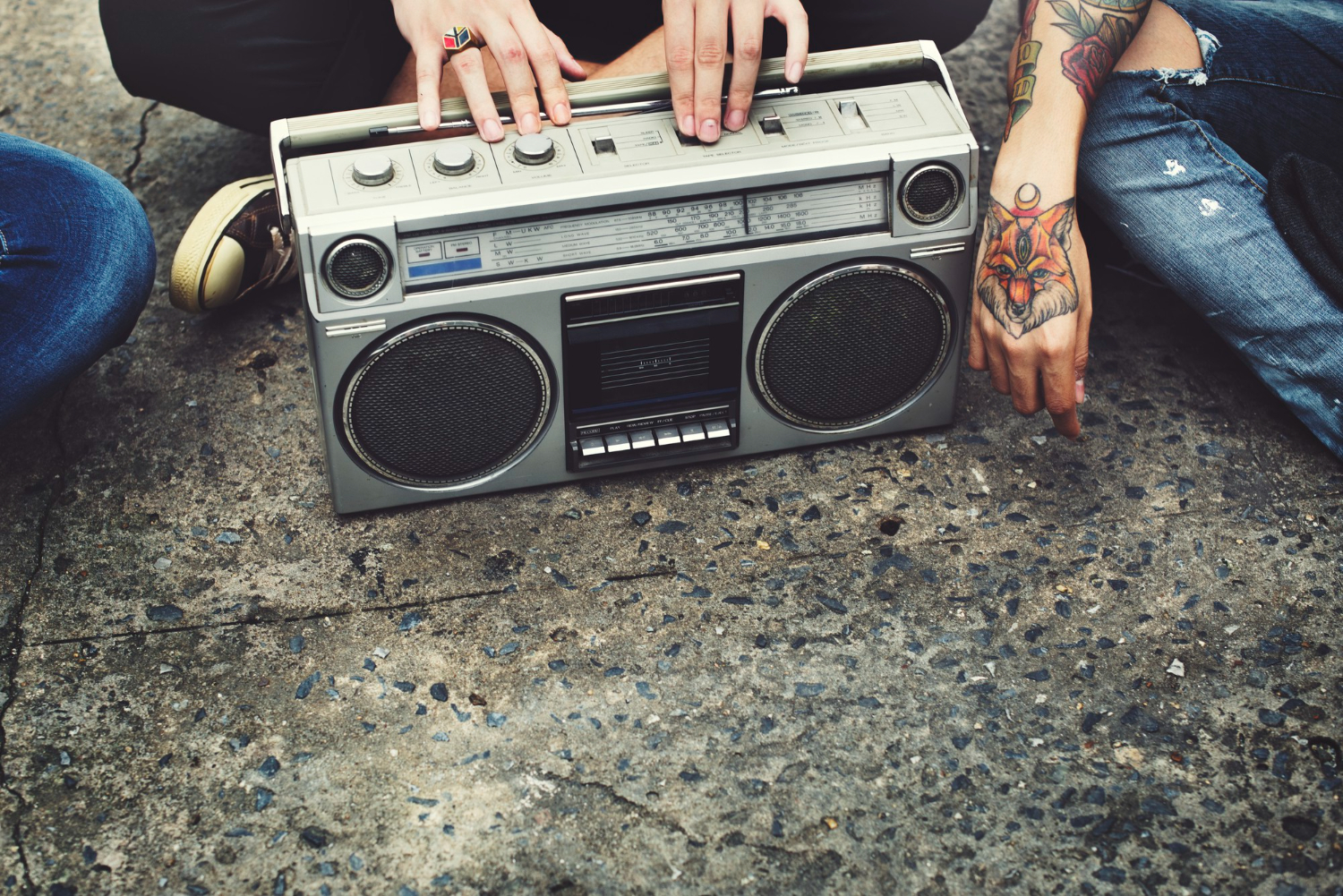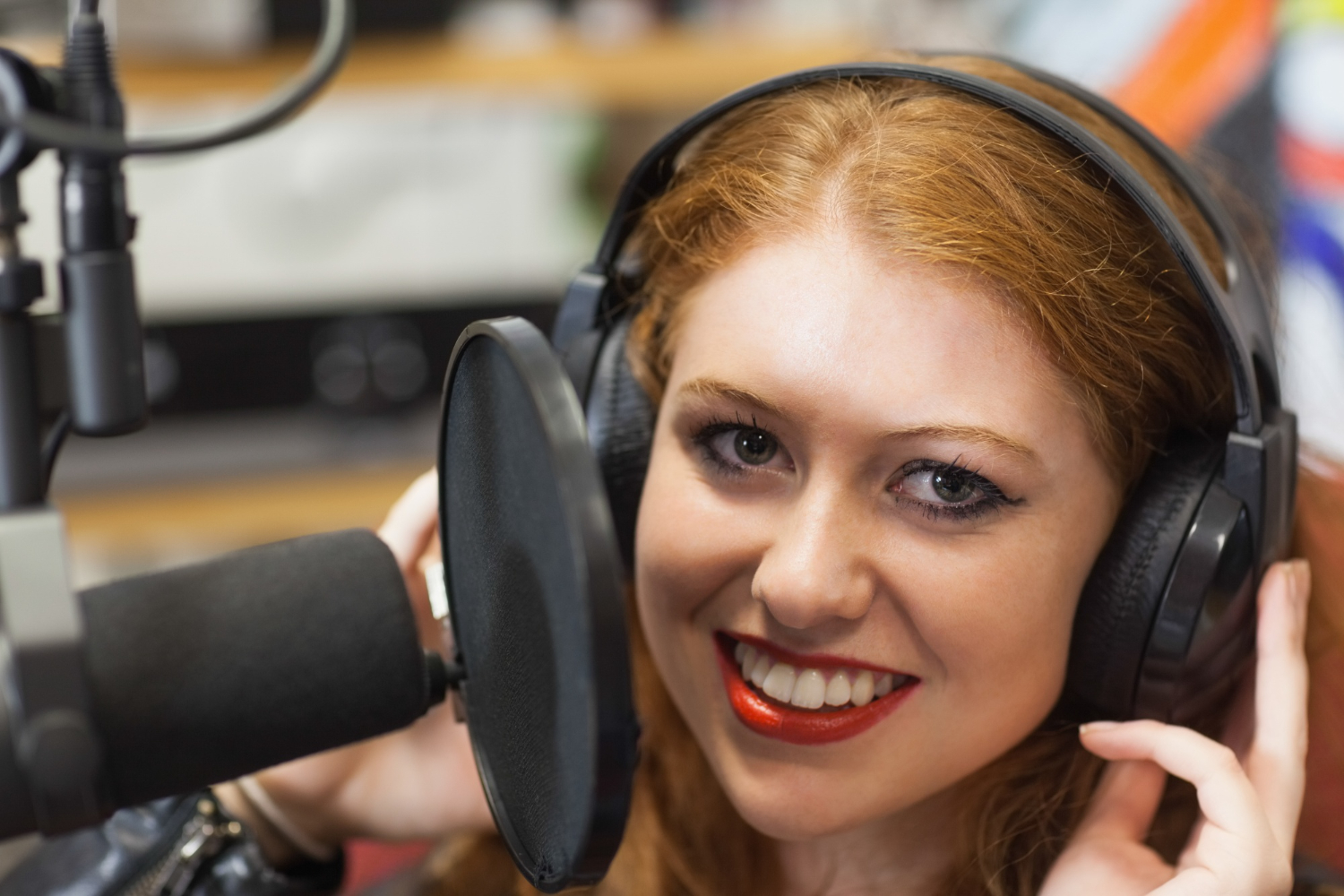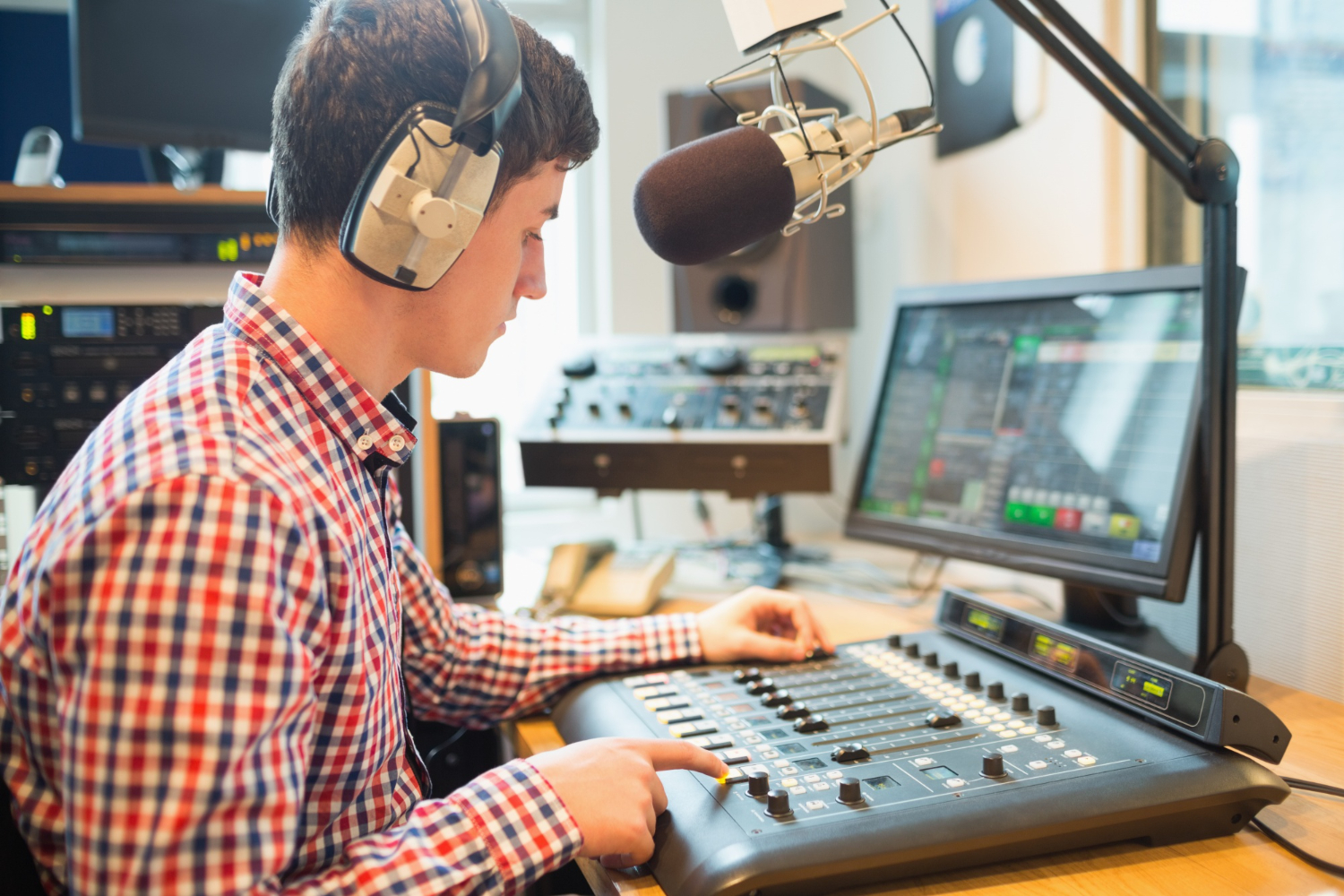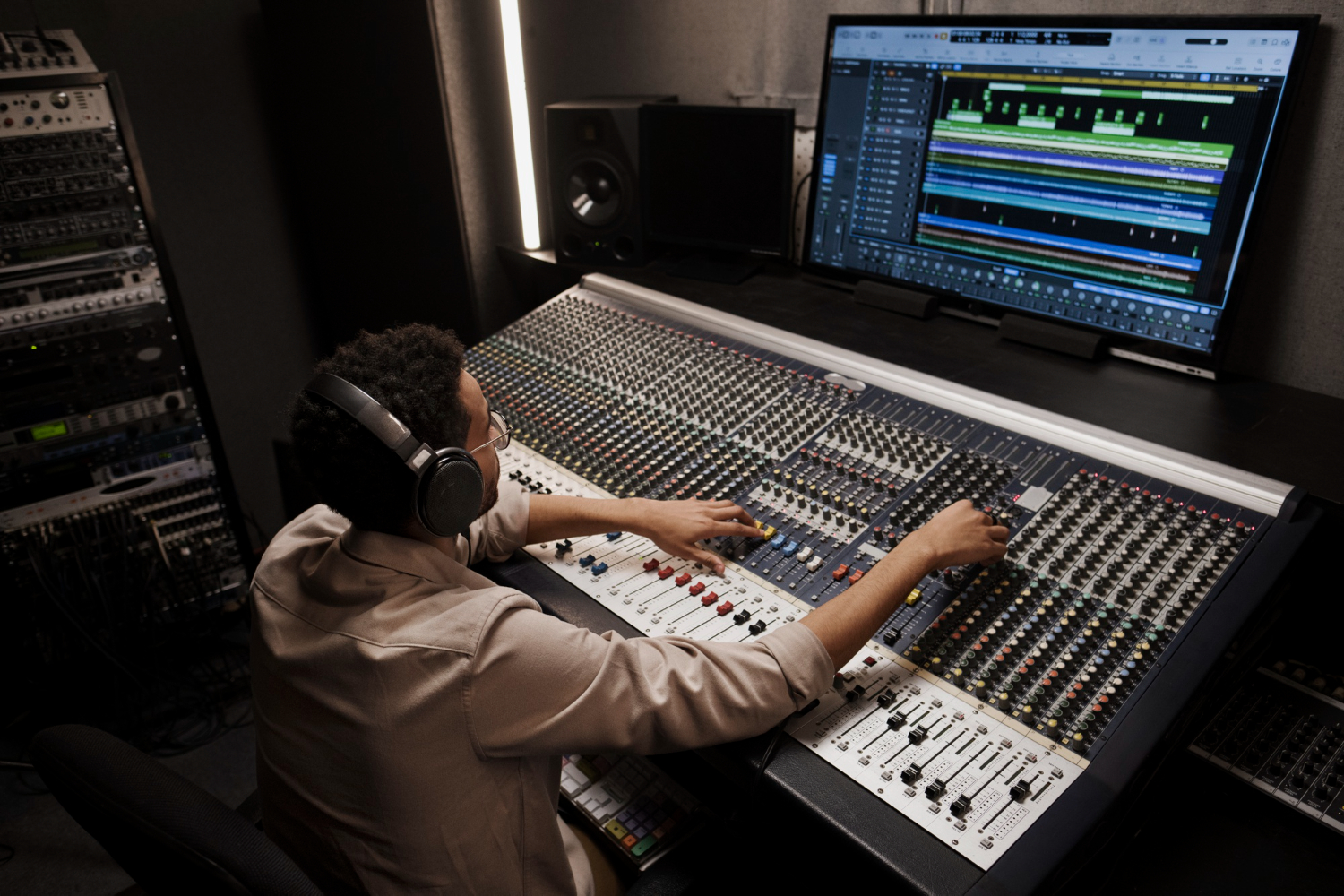Jingles are like tiny pieces of magic in the world of advertising. They capture attention and stick in our minds long after they’ve played. But what makes a jingle truly catchy? At Killerspots Agency, we’ve unlocked the secrets to creating jingles that don’t just hum along with you, they become a part of you.
Creating a catchy jingle begins with understanding what grabs and holds a listener’s attention. Simplicity, repetition, and emotional connection are key. These elements make jingles both memorable and effective. Whether it’s a simple melody or a clever phrase, the goal is to create something that resonates deeply with listeners.
The process we use involves collaboration, creativity, and a little bit of science. It’s about blending music, words, and emotion into a harmonious experience. With the right mix, our jingles don’t just inform, they evoke feelings, inspiring the audience to remember and act. Dive into the world of jingle creation and discover how every note counts.
Understanding the Essence of a Catchy Jingle
A catchy jingle is more than just a short tune; it’s a mini masterpiece designed to linger in your mind. At the core, a catchy jingle grabs your attention and stays there because it is memorable and engaging. This comes down to a few key elements.
Key Elements of a Catchy Jingle:
– Simplicity: A good jingle uses simple, easy-to-understand words and tunes. Complexity can be confusing, but simplicity ensures the message is clear and easy to remember.
– Repetition: This is crucial because repeating words and phrases makes the jingle stick. The more you hear it, the more it becomes ingrained.
– Emotional Connection: Great jingles evoke emotions. They can make you feel happy, nostalgic, or excited. This emotional tie makes the tune memorable and more likely to be shared.
How Jingles Connect:
– Resonance: By tapping into familiar themes or cultural elements, jingles resonate with what people know and love.
– Storytelling: Even in a few seconds, a jingle can tell a story. This storytelling element engages the listener on a deeper level.
These elements make jingles powerful tools in marketing. When listeners feel connected to a song, they are more likely to remember the brand it represents. The magic of a catchy jingle lies in its ability to be simple yet deeply impactful, sticking in the mind like a favorite song.
The Creative Process at Killerspots Agency
Creating a jingle at Killerspots Agency is an exciting journey, blending creativity with strategic thinking. Our process is designed to capture the essence of each brand and translate it into music that resonates.
Brainstorming Magic:
– Idea Generation: Every jingle starts with brainstorming. We gather a team of creative minds to generate ideas. This phase is all about free thinking and exploration, allowing all possibilities to emerge.
– Inspiration Gathering: We look for inspiration everywhere—from current trends to classic hits—ensuring the jingle feels fresh yet timeless.
Client Collaboration:
– Listening to Needs: We believe in close collaboration with clients. Understanding their vision and expectations helps us craft a jingle that aligns with their brand.
– Feedback Loop: Regular check-ins and feedback sessions ensure the jingle stays on track and meets client expectations. We value input and make revisions as necessary.
Steps from Concept to Creation:
1. Concept Development: With ideas in place, we outline a clear concept. This blueprint guides the creative process.
2. Drafting: We create initial drafts and share with clients for feedback.
3. Refinement: Based on feedback, we refine the jingle, making it sharper and more effective.
4. Final Touches: We add final touches to ensure quality and clarity before the jingle goes live.
Innovation is at the heart of what we do. Each jingle is crafted uniquely, designed to capture the spirit of the brand while being fresh and engaging. Our creative process ensures that every jingle not only meets but exceeds expectations, turning a simple tune into an unforgettable experience.
Crafting the Perfect Script
The script is the backbone of any jingle, setting the tone and the message. Crafting the perfect script begins by outlining the key elements. A compelling script is clear and concise, with a simple message that the audience can easily grasp. Clarity is key to ensure that everything is preserved in translation.
Next, it’s essential to make sure the script resonates with the target audience. Understanding their preferences, pain points, and desires is crucial. This insight allows the script to be tailored so it speaks their language. Using relatable scenarios or familiar phrases can make the message hit home. Personalization in the script can significantly increase its effectiveness.
Unique slogans or catchy phrases often make a jingle stand out. These elements should be memorable and easy to repeat. They serve as the crux of the message and should encapsulate the brand’s essence. For example, a snappy phrase that plays on the product’s benefits can stick in a listener’s mind. These slogans often become synonymous with the brand and help reinforce its identity.
By focusing on these elements, the script becomes more than just words; it becomes a powerful communication tool that captivates and connects emotionally with the audience.
Mixing Music and Sound Effects
Music and sound effects are vital in creating a jingle’s mood and impact. The right music can evoke various emotions, capturing the listener’s attention and enhancing the overall message. It sets the atmosphere, whether aiming for something upbeat and energetic or calm and serene.
Key Points When Selecting Music and Sound:
– Relevance: The background music must match the message and brand essence.
– Emotion: Choose music that conveys the desired feeling.
– Simplicity: Keep it simple to avoid overshadowing the main message.
Sound effects add another layer of depth and are used to enhance the jingle’s effectiveness. For instance, a subtle pop can make a product seem fresh or new. Properly balanced sound effects can highlight key moments in the jingle without distracting from the message.
At Killerspots Agency, selecting the perfect sound involves understanding the project’s goals and the audience’s audio preferences. The balance of all sound elements ensures clarity and impact, making sure the message is heard loud and clear.
Conclusion
Creating a catchy jingle is an art. It brings together a well-crafted script, the right mix of music, and strategic sound effects to form a memorable piece. Each part plays a crucial role in ensuring the jingle not only reaches the audience but also resonates with them on a deeper level. At Killerspots Agency, this process is refined to perfection, ensuring that each jingle stands out and delivers the intended message effectively.
Crafting a successful jingle involves creativity, strategy, and attention to detail. The seamless integration of engaging scripts, emotive music, and thoughtful sound design transforms ideas into powerful marketing tools. This approach makes sure that everything aligns perfectly with the audience’s expectations and preferences, engaging them fully.
If you’re ready to make an impact with your advertising, then it’s time to consider how a custom jingle can revitalize your brand. Contact Killerspots Agency today to uncover how our expertise in jingle production can bring your message to life. Whether you’re looking to captivate new listeners or energize your brand’s voice, we are here to help you achieve your goals.
